Centre commercial Jungang de Namdaemun (남대문 중앙상가)
1.3Km 2020-04-17
21, Namdaemunsijang 4-gil, Jung-gu, Seoul
+82-2-753-2805
Le centre commercial Jungang met en valeur de nombreux articles pour femmes. Son premier est étage est dédié aux boutiques vendant des vêtements et accessoires pour femmes avec des designs colorés qui attirent les consommatrices. Le second étage est composé de boutiques spécialisées dans les produits artisanaux folkloriques et artisanaux qui sont populaires parmi les visiteurs étrangers. Vous pourrez également y trouver des linges de lit, de l’artisanat, des produits en lin et en coton et des articles de mariage traditionnels.
Myeongbo Art Hall (명보아트홀)
1.3Km 2025-04-18
47, Mareunnae-ro, Jung-gu, Seoul, Republic of Korea
서울의 중심 을지로3가에 위치한 명보아트홀은 반세기의 전통과 명성을 가진 (구)명보극장을 리모델링하여 2008년 재개관하였으며, 현재는 전문공연장으로 이루어진 복합문화공간이다.
1957년 현대 문화의 대표적인 발상지로서 개관한 (구)명보극장으로 시작하여 글로벌 복합문화공간 도약의 비전을 목표로 세계적인 문화 콘텐츠 개발과 보급에 힘쓰고 있는 명보아트홀은 국내 대표 공연관광의 랜드마크가 되고자 기업과 문화의 융합을 바탕으로 상생의 새로운 사업모델을 구축하기 위하여 꾸준히 정진하고 있다.
Située au coeur de Séoul, dans le quartier de Euljiro 3-ga, Myeongbo Art Hall possède une riche histoire et une réputation bâtie au fil de plus d'un demi-siècle. Autrefois cinéma Myeongbo, le bâtiment a été rénové et rouvert en 2008. Il est aujourd'hui devenu un complexe culturel composé principalement de salles de spectacles professionnelles.<br>
Ouvert en 1957, l'ancien cinéma Myeongbo a joué un rôle emblématique dans le développement de la culture moderne en Corée. Issu du cinéma Myeongbo d'origine, Myeongbo Art Hall poursuit aujourd'hui une vision de développement en tant que complexe culturel global, en s'efforçant de créer et de diffuser des contenus culturels de portée internationale.<br>
Il s'affirme comme un espace artistique où coexistent tradition et modernité, et tend à devenir l'un des complexes culturels les plus emblématiques ainsi qu'une destination touristique majeure de Séoul.
Drawing Show (액션드로잉 히어로 - 서울)
1.3Km 2012-10-22
47, Mareunnae-ro, Jung-gu, Seoul
02-766-7848
Un spectacle non-verbal
« Drawing Show Hero » est un spectacle non-verbal qui communique avec le public grâce au mouvement, sans avoir recours à la parole. Sa particularité est d’utiliser l’art comme moyen de communication. Sa technique de « projection making » promet au spectateur une expérience visuelle unique. Ce spectacle enchantera petits et grands sans distinction de langue ou de nationalité.
Les beaux-arts à la rencontre de l’art du spectacle
L’art, qui était autrefois apprécié d’une manière plutôt statique, est réinterprété sur scène par les acteurs d’une façon dynamique. « Drawing Show Hero » permet aux spectateurs d’observer le palpitant processus de réalisation d’une oeuvre d’art.
Un système de Video Projection Mapping en 3D
Cette technologie projette des images d’objets en relief sur des surfaces de grande dimension, comme par exemple des murs d’immeubles. « Drawing Show Hero » est le tout premier spectacle de Corée à avoir utilisé des projections changeant selon la scène en utilisant une technologie de pointe en 3D.
Un spectacle interactif
Les acteurs ne se contentent pas de peindre leurs oeuvres sur scène, mais descendent également dans les rangs des spectateurs pour communiquer et faire participer le public.
Concert 'Drum Cat' (드럼캣 콘서트)
1.3Km 2017-02-09
47, Mareunnae-ro, Jung-gu, Seoul-si
• Centre d'appels 1330 : +82-2-1330 (coréen, anglais, japonais, chinois) • Pour obtenir plus d'info : +82-2-2274-2133
Spectacle reconnu dans le monde entier, « Drum Cat » entraîne les gens dans une frénésie de rythme et de fun.
Drum Cat, créé en 2003, est un groupe de percussions féminin ayant emménagé dans son propre théatre exclusif seulement sept ans après son premier spectacle. 2008 fut une année importante pour le groupe, puisqu’il reçut les prix « Herald Angel » et le « Scotland Cavalcade Best Unit Award » du Festival d’Edimbourg 2008, soient les premiers remportés par une équipe coréenne. Lors de ce festival, les équipes furent classées selon leur accumulation de points techniques à travers nombre de concerts et spectacles. Les journalistes et membres du public furent tout simplement scotchés par la performance de Drum Cat. Le groupe n’a pas seulement continué de jouer à guichets fermés, il a aussi constamment reçu des notes 5 étoiles de la part des critiques et du jury du festival.
Drum Cat fit aussi un carton sensationnel en Corée, recevant le Grand Prix aux « 2009 Korea Entertainment Awards ». Le spectacle du groupe regorge de lignes rythmiques uniques et d’engagement émotionnel semblant si souvent catégoriser les spectacles les plus sensationnels de Corée. Les superbes techniques de percussion du groupe et la combinaison unique de son live et de son studio est un plaisir à la fois pour les yeux et pour les oreilles.
Drum Cat, spectacle mondialement renommé, continuera surement de faire son chemin dans le coeur du public dans les années à venir.
Sanctuaire Jongmyo [Patrimoine mondial de l'UNESCO] (종묘)
1.3Km 2023-08-30
157, Jong-ro, Jongno-gu, Seoul-si
+82-2-765-0195
Le sanctuaire royal de Jongmyo est l’endroit de vénération des rois de la dynastie Joseon. Il a été construit lorsque le premier roi de la dynastie Joseon, Lee Seong-Gye (1335-1408) a fondé cette fameuse dynastie.
Le sanctuaire royal de Jongmyo est inscrit au patrimoine culturel mondial de l'Unesco grâce à ses traditions et ses coutumes tels que les services funéraires et la musique traditionnelle qui y sont très bien conservés.
Vous trouverez un chemin qui bifurque en trois routes en face de la porte principale du sanctuaire royal de Jongmyo. Le passage de la route du milieu qui est légèrement surélevé était autrefois réservé pour les défunts et leurs esprits, la porte de l’est pour le roi et la porte ouest pour le prince. Le passage du milieu est relié à Jeongjeon, et les routes de chaque côté sont connectées quant à elles à la salle de préparation du service mémorial. Après avoir préparé avec beaucoup de soin son esprit et son corps, le roi et le prince se rendaient régulièrement à Jeonsacheong. Jeonsacheong est le lieu où étaient préparés les aliments pour la cérémonie funéraire. Avec la cour au centre, les bâtiments de Jeonsacheong sont de forme carrés. Le bâtiment principal, Jeongjeon, est le lieu où les tablettes mortuaires des rois étaient gardées et où étaient tenus les services funéraires.
Ce lieu a ainsi su préserver ses traditions jusqu'à aujourd'huin, malgré le fait que les reliques des rois successifs aient été originellement passées en Chine. Jeongjeon est constitué de 19 chambres où chacune d’elle sert à la vénération des rois.
La musique des services funéraires du sanctuaire royal de Jongmyo est crée par des instruments, des chants et des danses créés il y a plus de 500 ans. La mélodie a été transmise telle qu’elle depuis toute cette période. Cette cérémonie est la cérémonie complète et traditionnelle la plus vieille du monde et se tient tout les premiers dimanches du mois de mai, et ce chaque année. C’est une grande opportunité pour les visiteurs d'apprécier la grandeur d’une telle cérémonie traditionnelle. Le sanctuaire accueille de nombreux événéments durant le mois de mai, ce qui en fait la meilleure période pour le visiter.
Jump (점프)
1.3Km 2025-03-13
47, Mareunnae-ro, Jongno-gu, 100-300 Seoul-si
• Centre d'appels 1330 : +82-2-1330 (coréen, anglais, japonais, chinois) • Pour obtenir plus d'info : +82-2-722-3995 (anglais)
Depuis ses débuts en Coréen en juillet 2003,
Ce spectacle innovateur incorpore de nombreux arts martiaux asiatiques comme le taekwondo et le taekkyeon coréens. Il relate l'histoire d'une famille de spécialistes en arts martiaux qui doivent défendre leur maison face à des cambrioleurs.
Centre des lunettes de Namdaemun (남대문 안경상가)
1.3Km 2025-08-21
Namchang-dong, Jung-gu, Séoul
Centre commercial de Namdaemun 02-753-2805
Le marché de Namdaemun regroupe plus de 150 magasins de gros et de détail spécialisés dans les lunettes, ce qui représente plus de 50 % de la distribution nationale dans ce secteur. Les boutiques se concentrent principalement à Namchang-dong, derrière le centre d’importation de Sungnyemun, ainsi que dans le bâtiment principal du marché, le centre commercial de Namdaemun, au 2ᵉ étage du théâtre de Namdaemun, le long de la rue piétonne de Namdaemun-ro et à l’entrée du marché sur Toegye-ro, notamment dans le complexe “Segyero Optical Town”. Certaines enseignes sont également dispersées dans d’autres zones. Parmi ces magasins, certains de grande taille produisent et vendent leur propre marque, tandis que d’autres travaillent en lien direct avec des usines sous-traitantes. Dans les deux cas, les consommateurs peuvent acheter des lunettes 30 à 50 % moins cher que les prix pratiqués sur le marché classique.
Podam (포담)
1.3Km 2021-03-22
11, Jahamun-ro, 9-gil, Jongno-gu, Seoul
+82-2-733-0831
A store featured in Korean gourmet programs. This Chinese (cuisine) restaurant is located in Jongno-gu, Seoul. The most famous menu is dim sum.
Queen Plaza (퀸프라자)
1.3Km 2021-05-18
29, Namdaemunsijang 6-gil, Jung-gu, Seou-si
+82-2-775-8400
Queen Plaza offre une multitude de choix pour les visiteurs de tout âge, de l’enfant au sénior. Constitué d’un nombre importants de boutiques, l’endroit est très populaire chez les familles. Le 3ème étage met en avant des vêtements et accessoires de très grande qualité.
Musée du noeud Dong-Lim (동림매듭박물관)
1.3Km 2021-03-27
10, Bukchon-ro 12-gil, Jongno-gu, Seoul-si
+82-2-3673-2778
Le musée du noeud Donglim ouvert en avril 2004 vous fait découvrir les noeuds décoratifs traditionnels coréens maedeup comme le norigae pour le hanbok, mais vous pourrez aussi y voir des ceintures et bourses traditionnelles et des matériaux comme du fil, de la corde ou encore des accessoires. Situé dans une maison traditionnelle hanok, on y trouve plusieurs créations, anciennes et modernes, ainsi que des créations qui reflètent les tendances d'aujourd'hui.
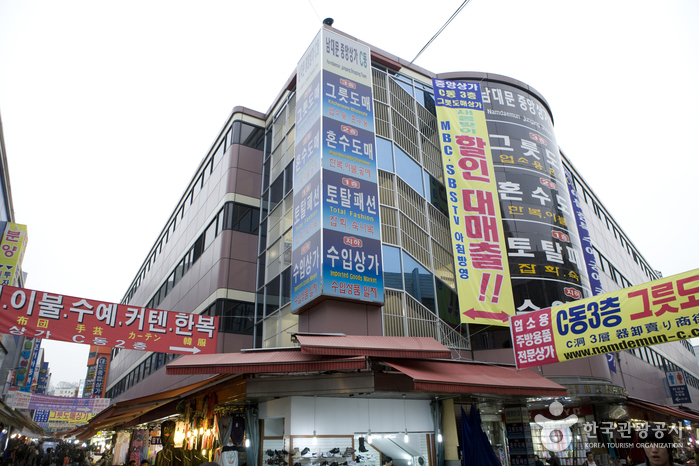

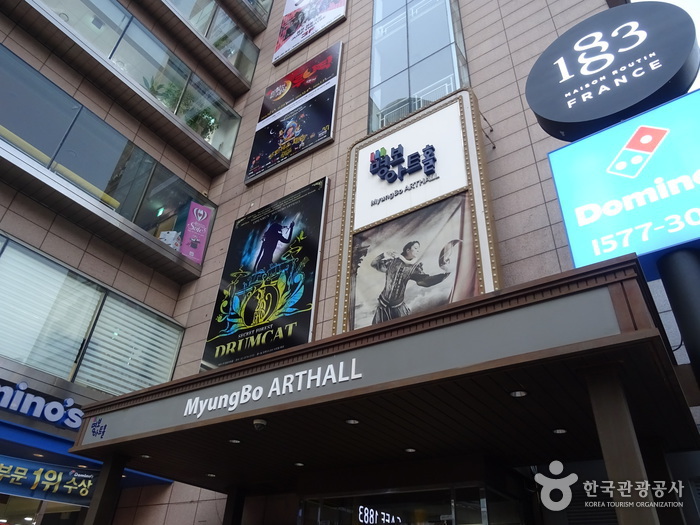
![Sanctuaire Jongmyo [Patrimoine mondial de l'UNESCO] (종묘)](http://tong.visitkorea.or.kr/cms/resource/41/2678541_image2_1.jpg)
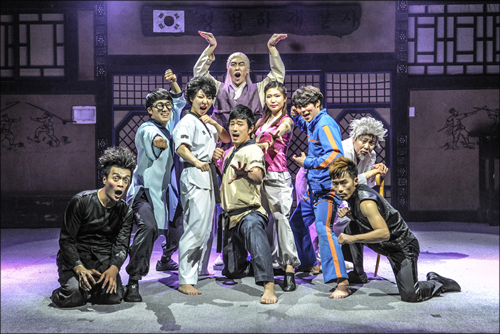
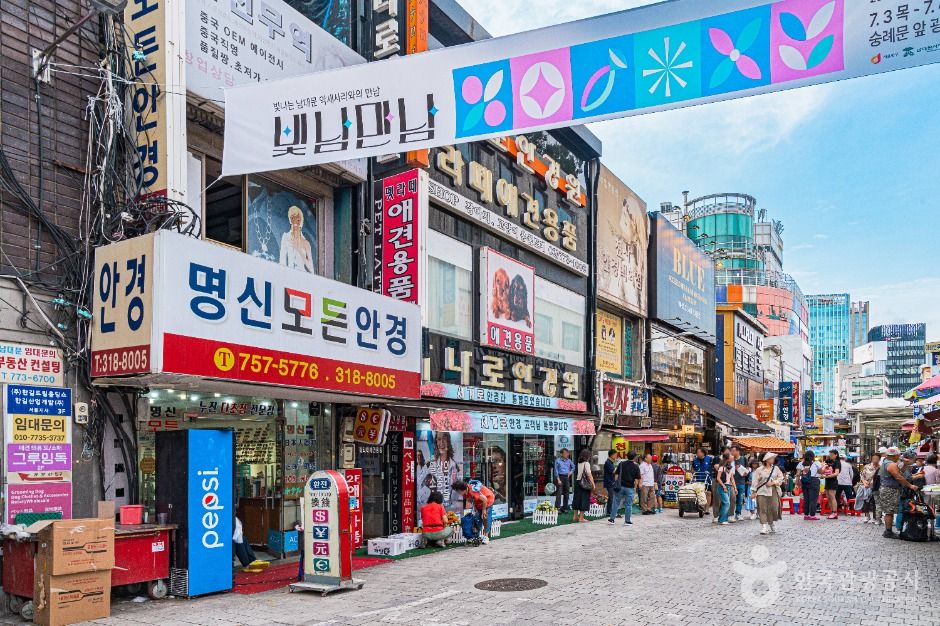
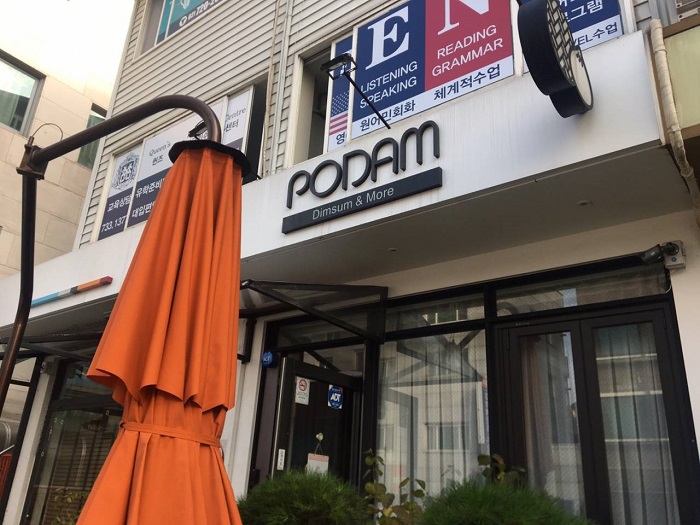
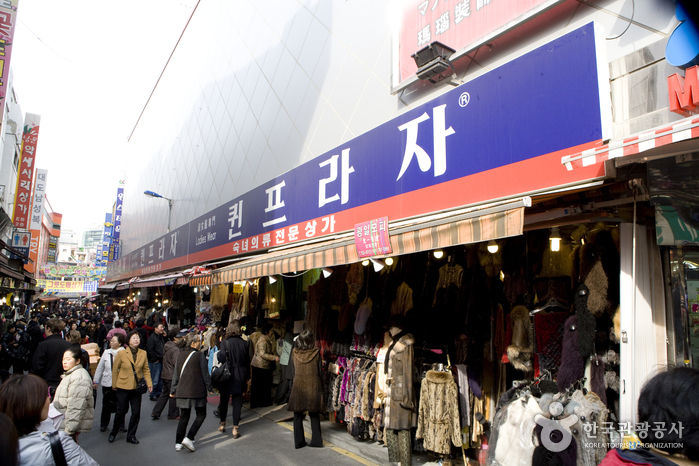
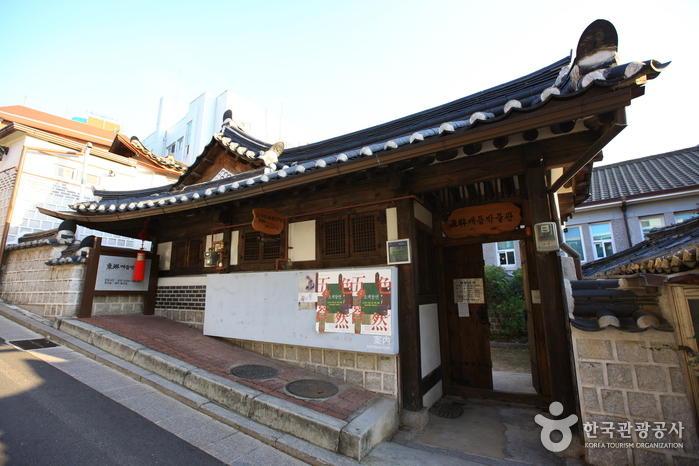
 Français
Français
 한국어
한국어 English
English 日本語
日本語 中文(简体)
中文(简体) Deutsch
Deutsch Español
Español Русский
Русский